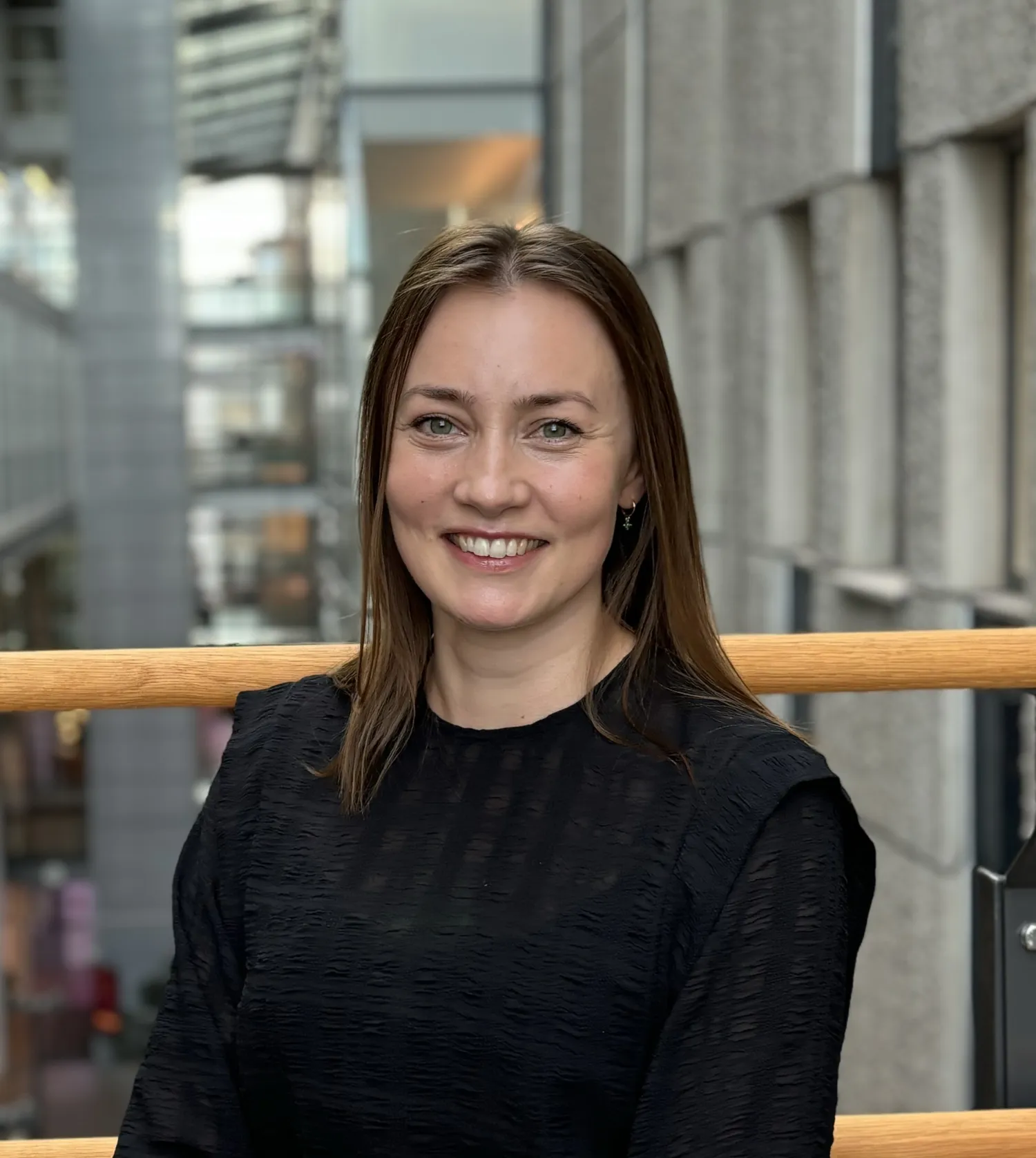New thesis New thesis provides deeper understanding of fetal immune cells

Inga Rødahl from the Center for Infectious Medicine (CIM) at the Departmet of Medicine, Huddinge (MedH) is defending her thesis titled "Features of innate lymphoid cells in human fetal tissues and adult respiratory infection", on 4 April, 2025. Main supervisor is Jakob Michaëlsson (MedH).
What is the main focus of your thesis?
The work of this thesis has been focused on innate lymphoid cells (ILCs) across human tissues. ILCs are important players of the innate immune system, and consists of multiple sub populations, including, but not limited to, natural killer (NK) cells and group 3 ILCs (ILC3s). These two populations are the first immune cells of lymphoid origin to arise during fetal development, where they are present already after the first half of the first trimester. Together with other fetal immune cells, they likely help managing foreign proteins and cells, contribute to tissue development, and lay the foundation for immune functions after birth. However, obtaining human fetal tissues is challenging, thus NK cells and ILC3s remain largely understudied in early human development.
To better understand their development and potential tissue-specific functions, we investigated the nature of NK cells and ILC3s in human fetal tissues. Furthermore, with the covid pandemic we had an opportunity to study NK cells in patients with COVID-19 infection compared to patients with an influenza infection.
Which are the most important results?
We showed that NK cells and ILC3s have a distinct distribution and gene expression profiles across fetal tissues. This distinction may come from local tissue development, as we also identified a potential progenitor cell unique to fetal intestine. We have also been the first to identify fetal immune cells originating from the same source - so called clonal cells - by using mitochondrial mutations as natural barcodes. This allowed us to identify clonal populations spanning across both cell types and fetal tissues, though some clones had a bias towards specific tissues, further indicating that there may be some tissue-biased development.
In the context of adult respiratory infection, we found that NK cell and T cell recruitment to the lung during viral infection likely share similar mechanisms in both COVID-19 and influenza infection.
How can this new knowledge contribute to the improvement of people’s health?
A deeper understanding of fetal immune cells - their phenotype, function, distribution and how they develop across fetal tissues—could be crucial for future diagnostics and even in utero interventions. Identifying and addressing immune irregularities before they take hold may lead to lifelong corrections, significantly improving health and quality of life.
Additionally, our findings from studying patients with covid-19 and influenza infections may aid in developing treatments that modulate NK cell and T cell recruitment to infected airways, to potentially improve immune responses.
What are your future ambitions?
It’s been fascinating to do my education and PhD alongside the rise of single cell sequencing. I am very intrigued to follow the continued rapid evolution of this tool and other technologies, and to see what biological questions we will be able to address in the future. This combined with increased appreciation for tissue immunology and collection of paired human tissues can lead to some insightful and impactful research. For my own journey, I am excited to explore opportunities where I can apply my skills and continue learning.
Dissertation
Friday, 4 April, 09:30, 9Q Månen, Alfred Nobels allé 8, Flemingsberg.
Thesis
Features of innate lymphoid cells in human fetal tissues and adult respiratory infection
